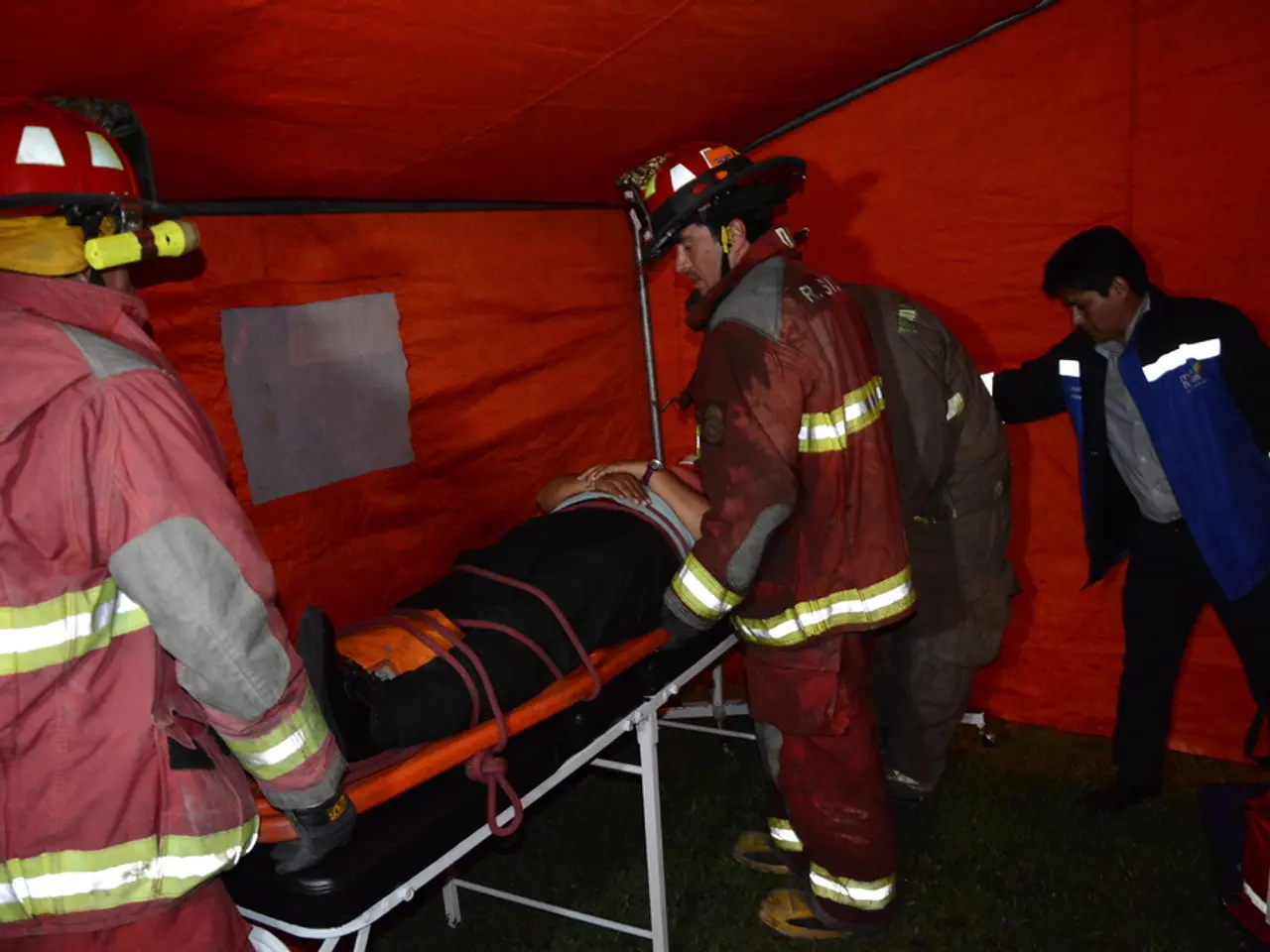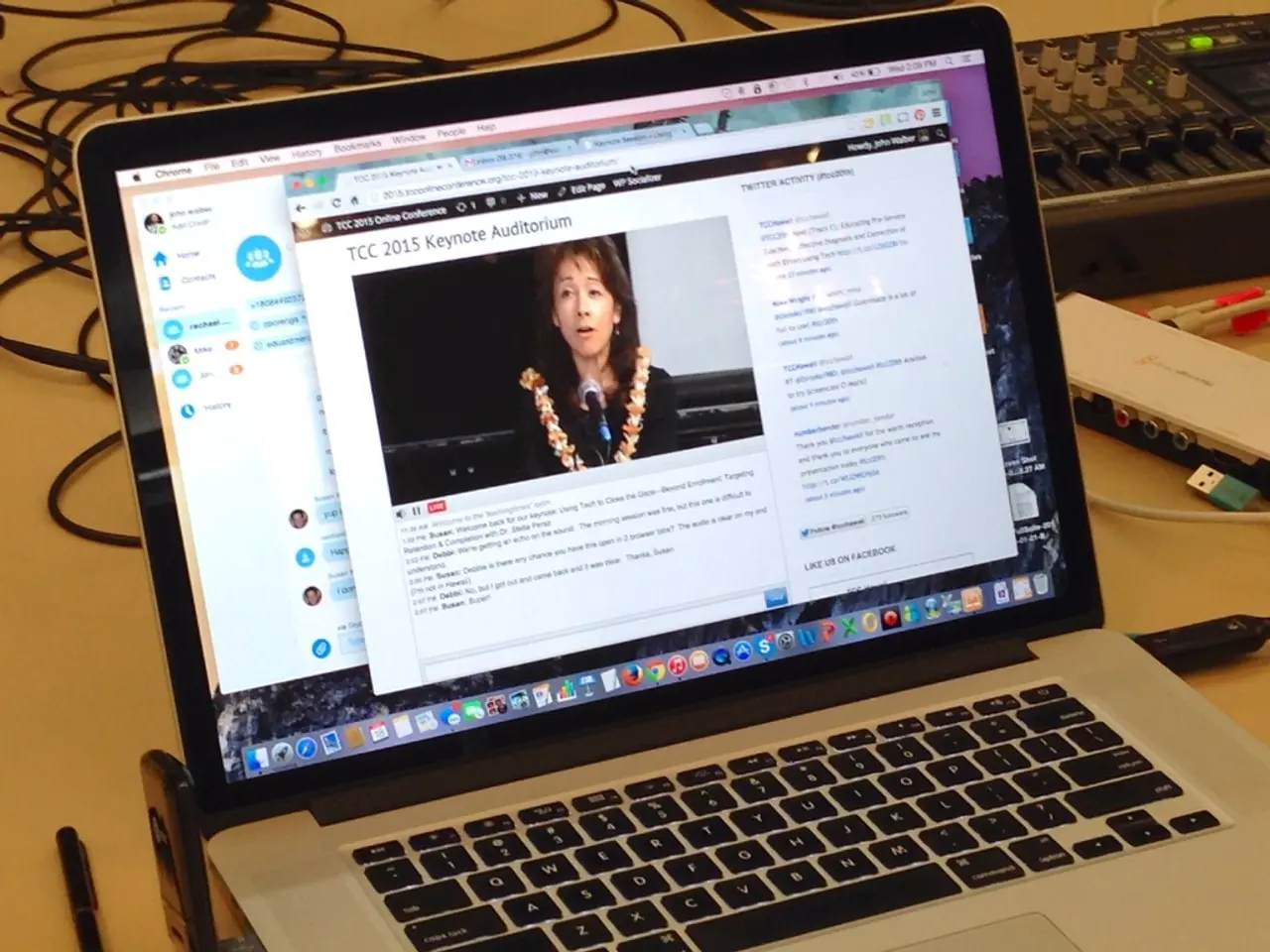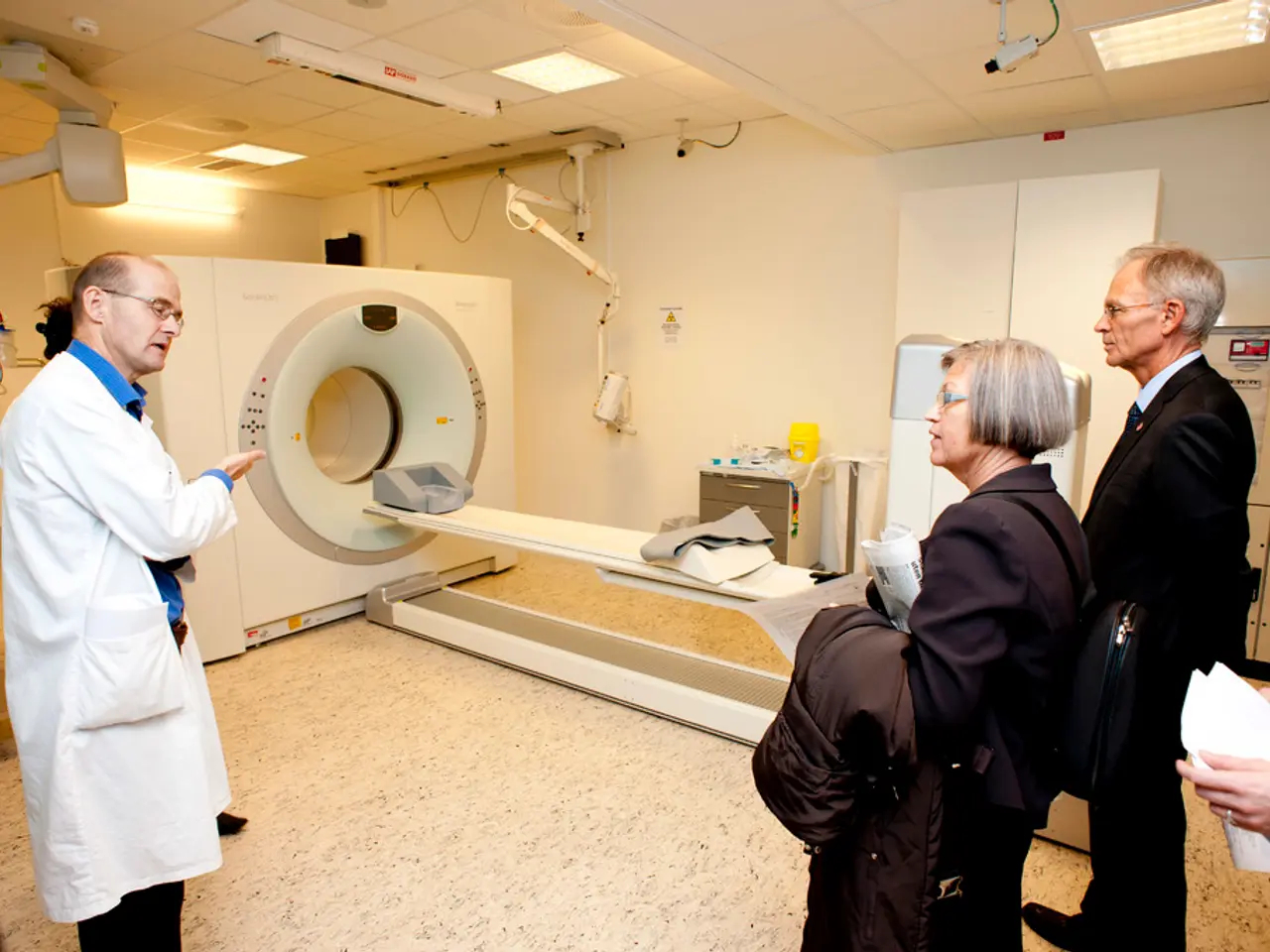Instructions for Assisting During a Seizure Episode
In a nutshell, helping someone during a seizure is all about ensuring safety, preventing injury, and monitoring the event carefully. Whether the seizure involves convulsions or not, the first aid steps remain primarily focused on these aspects.
**1. Stay Calm and Ensure Safety**
Maintaining a calm demeanour is crucial in helping others remain composed. Move the person away from dangerous objects or locations if possible, but avoid forcibly moving them unless they are in immediate danger. If they are standing or at risk of falling, gently lower them to the floor. Clear the area around them of sharp or hard objects to prevent injury.
**2. Protect the Person's Head and Body**
Place something soft (like a jacket or folded clothing) under their head to protect it from injury. Remove harmful objects nearby to prevent injury from uncontrolled movements.
**3. Positioning**
If possible, gently turn the person onto their side (the recovery position). This helps keep their airway clear and allows saliva or vomit to drain, reducing the choking risk.
**4. Loosen Tight Clothing**
Loosen collars, ties, belts, or any constrictive clothing to ease breathing.
**5. Time the Seizure**
Use a watch or phone to time the seizure from start to finish. Most seizures last less than 2 minutes. If it lasts longer than 5 minutes, call emergency services immediately.
**What Not to Do**
- Do not restrain the person or try to stop their movements, as this can cause injury. - Do not put anything in their mouth—not even water or food—as this can cause choking or damage. - Avoid splashing water or trying to forcibly wake them.
**For Seizures Without Convulsions**
Many of the same principles apply: ensure safety, keep calm, support the person, and monitor the duration. If the person appears confused or unconscious but not convulsing, maintain an open airway and put them in the recovery position if safe to do so. Seek medical attention if the episode lasts too long, repeats, or if the person does not regain full consciousness.
These steps help protect the person during seizure episodes and promote prompt medical intervention when necessary. Always call emergency services if the seizure lasts more than 5 minutes, if another seizure starts soon after, or if the person has difficulty breathing or remains unconscious.
Common signs of seizures include staring, unresponsiveness, jerking or twitching, shaking, falling, confusion, wandering, picking at self, smacking lips, and more. Stay with the person until they regain complete consciousness after the seizure. Explain to others what is happening during a seizure. Guide them gently to a safe area away from dangerous objects, water, machinery, or fire during a seizure.
Distinguishing a seizure from other medical conditions like fainting or staring requires careful attention to the presence of other symptoms. A seizure is a period of altered brain function caused by abnormal or excessive electrical discharges from brain cells. Do not put anything in their mouth during a seizure. Time the duration of the seizure. Place the person on their side, away from dangerous objects, water, machinery, or fire.
Seizures can be caused by various conditions, including epilepsy or fever in infants. If you find yourself in a situation where someone is having a seizure, remember these steps to provide the best possible assistance.
6. Monitor Mental State and Provide Emotional Support
Pay close attention to any changes in their mental state post-seizure, as they might be disoriented or confused. Offer reassurance and remained empathetic, as this can help alleviate their anxiety.
7. Seek Professional Help for Mental Health and Well-being
If the person experiences prolonged emotional distress or other symptoms following a seizure, it may be a sign of underlying mental health issues. Encourage them to consult a healthcare professional for therapies and treatments tailored to their needs, ensuring holistic health and wellness.




